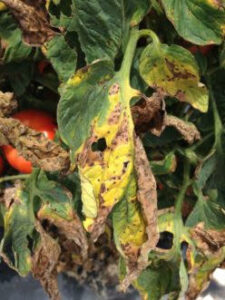
Tomato Diseases
There are a few things that we southerners can really get serious about and tomatoes are one of them. They …



Lee County Center will be closed tomorrow, Tue 11/11/2025 for the holiday.
El inglés es el idioma de control de esta página. En la medida en que haya algún conflicto entre la traducción al inglés y la traducción, el inglés prevalece.
Al hacer clic en el enlace de traducción se activa un servicio de traducción gratuito para convertir la página al español. Al igual que con cualquier traducción por Internet, la conversión no es sensible al contexto y puede que no traduzca el texto en su significado original. NC State Extension no garantiza la exactitud del texto traducido. Por favor, tenga en cuenta que algunas aplicaciones y/o servicios pueden no funcionar como se espera cuando se traducen.
Inglês é o idioma de controle desta página. Na medida que haja algum conflito entre o texto original em Inglês e a tradução, o Inglês prevalece.
Ao clicar no link de tradução, um serviço gratuito de tradução será ativado para converter a página para o Português. Como em qualquer tradução pela internet, a conversão não é sensivel ao contexto e pode não ocorrer a tradução para o significado orginal. O serviço de Extensão da Carolina do Norte (NC State Extension) não garante a exatidão do texto traduzido. Por favor, observe que algumas funções ou serviços podem não funcionar como esperado após a tradução.
English is the controlling language of this page. To the extent there is any conflict between the English text and the translation, English controls.
Clicking on the translation link activates a free translation service to convert the page to Spanish. As with any Internet translation, the conversion is not context-sensitive and may not translate the text to its original meaning. NC State Extension does not guarantee the accuracy of the translated text. Please note that some applications and/or services may not function as expected when translated.
Collapse ▲
There are a few things that we southerners can really get serious about and tomatoes are one of them. They …
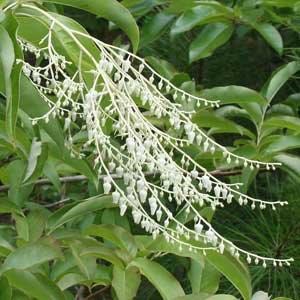
Sourwood is one of our native ornamental trees that can add interest and value to the landscape. It is …

This article was written by Gail Griffin, Extension Master Gardener℠ Volunteer with North Carolina Cooperative Extension in Lee County. As …
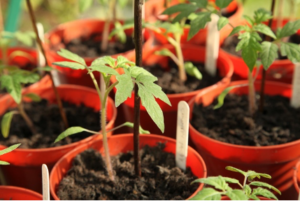
Did you know that many fruits, vegetables, and herbs can be grown in containers? Container gardening is a great …
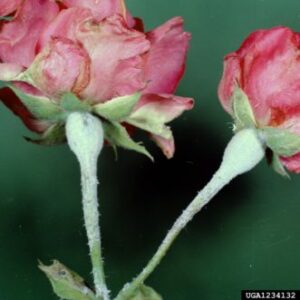
‘Tis the season. Powdery mildew is back, particularly on ornamentals like roses and crape myrtle. It is a common …
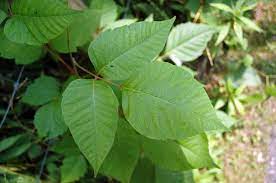
Leaves of three, let it be! To many, poison ivy conjures images of itchy rashes and calamine lotion. Fun, …
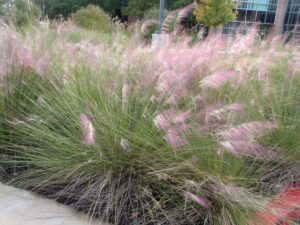
Are you missing a little something in the landscape, but don’t quite know what it is? Ornamental grasses may …

So what do you think the answer to the question is? If you guessed that it is something that hops …
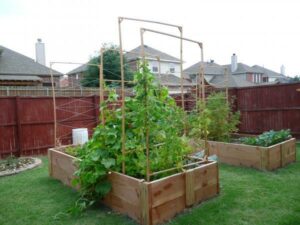
If you haven’t gotten around to it, there is still time to plant vegetables such as squash, cucumbers, tomatoes …
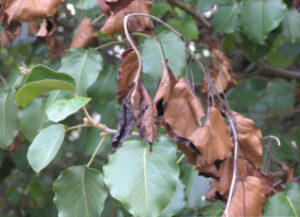
One of the earliest, and most recognized spring-blooming trees is the ornamental pear commonly referred to as ‘Bradford’ pear. …
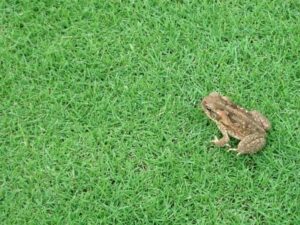
This article was written by Gail Griffin, Extension Master Gardener Volunteer with North Carolina Cooperative Extension in Lee County. By …
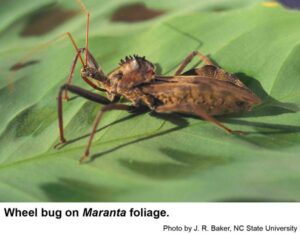
The wheel bug (Arilus Cristatus) is a large, brown to gray bug with rusty brown antennae and a dark, …
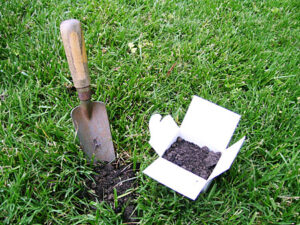
We all know what dirt is. It is sometimes used in reference to a secret about someone, but we …
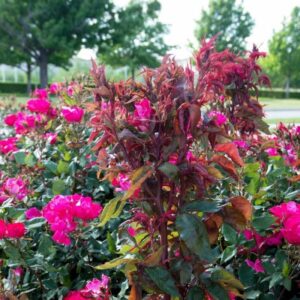
Do you have a rose that’s been looking a little peekid lately? For those unfamiliar with the term, peekid means poorly …
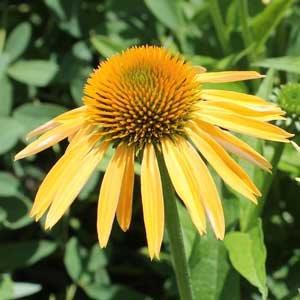
Sometimes our most finicky and high maintenance plants are those that have adapted to growing conditions here in the …

There are some plants with characteristics that help provide a source of structure to the landscape. Not something with …
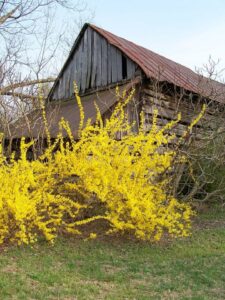
This article was written by Gail Griffin, Extension Master Gardener Volunteer in Lee County. Now that we have officially welcomed …
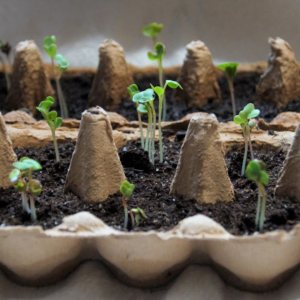
This week the outdoor temperature has ranged from the 50s to the 70s as is typical in North Carolina …

Gail Griffin is an Extension Master Gardener Volunteer with North Carolina Cooperative Extension in Lee County. Just when our warm …

This article was written by Gail Griffin, Extension Master Gardener Volunteer with North Carolina Cooperative Extension in Lee County. If …

Black root rot impacts a range of woody and herbaceous ornamental plant species primarily in …

This Entomology Insect Note discusses how to identify and manage common armored scale insects that …

This factsheet describes the biology of the maskell scale, Lepidosaphes maskelli, and provides residential management …
This guide is designed to help turf managers identify the major turfgrass pests found in …

This native plants chapter of the Extension Gardener Handbook defines the term native, why gardeners …

This field guide and linked resources provide information on basic insect identification, sampling methods, monitoring, …

This publication alerts prospective gardeners to some of the most common contaminants in urban soils, …

This factsheet describes the biology and disease control of Southern Blight in Herbaceous Ornamentals